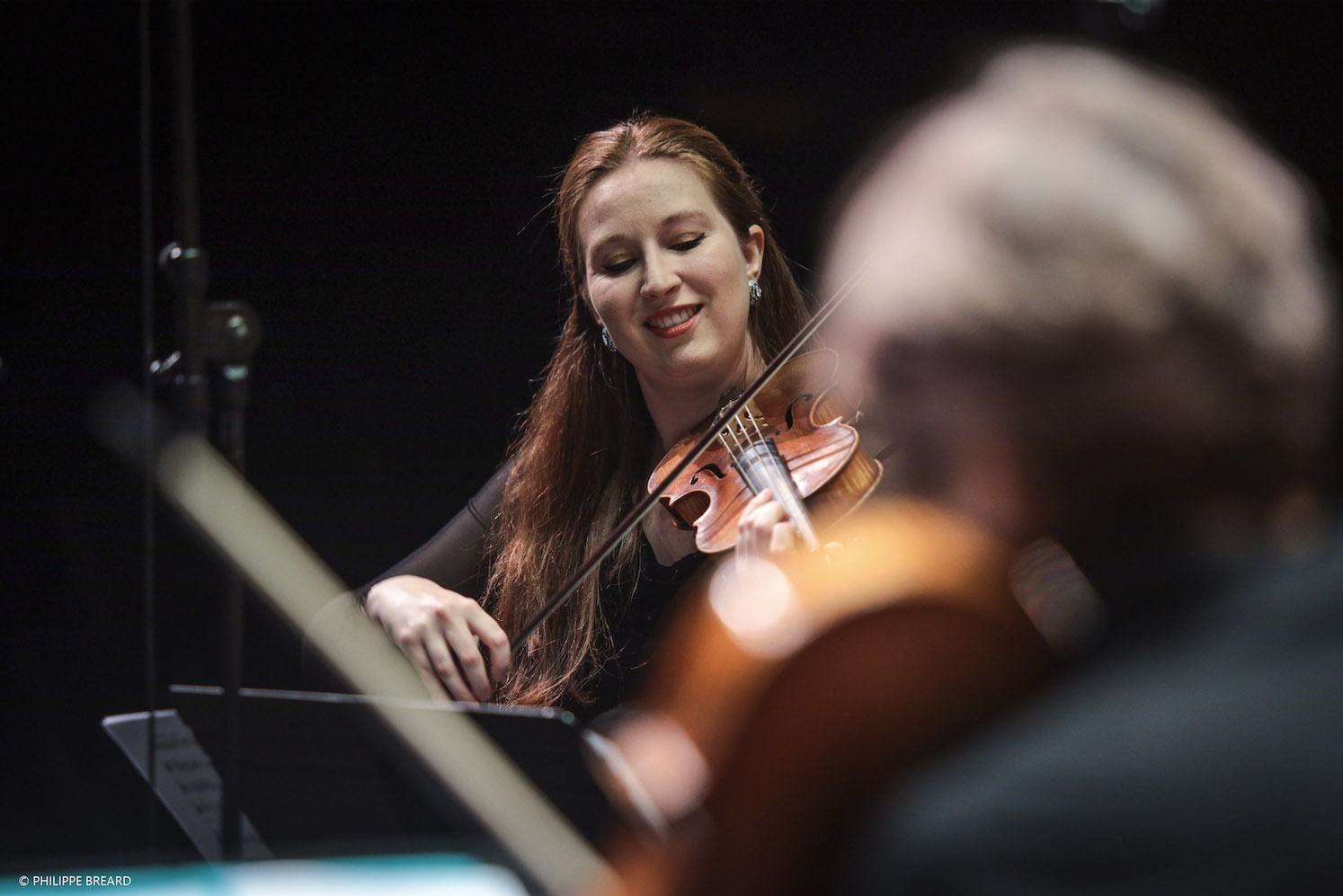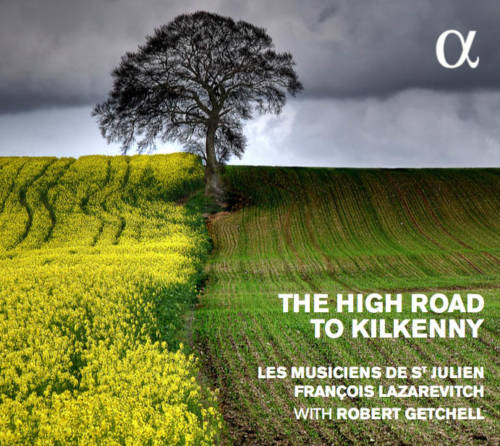JS Bach, JS Bach, Suite in B minor, Cantatas 82 "Ich habe genug" & 209
Hana Blažíková | François Lazarevitch

The Musicians of Saint-Julien perform two of the most famous works by Johann Sebastian Bach, the cantata 82 “Ich habe genug” (“I am filled”), and the Suite in B minor for flute and orchestra, to which François Lazarevitch wished to add the secular cantata 209 “Non sa che sia dolore” (“He does not know what sorrow is). These two cantatas bring together the soprano voice and the transverse flute.
Composed in Leipzig in 1727 on an anonymous libretto, and originally intended for a bass voice and an oboe, the religious cantata “Ich habe genug” (I am fulfilled), was transposed for soprano in 1731 then in 1735 with transverse flute. The unknown poet took the story of Simeon as the starting point for the cantata. Old Simeon recognizes the Messiah in the child Jesus during the visit to Mary’s temple with his son. His life is thus fulfilled and he can die with joy. The recitative transmits this longing for death to the Christian who seeks Jesus in peace and quiet after life. The second aria known as the “Schlummerarie” (sleep aria) has the character of a lullaby accompanying the dying. With its joyful character, the final aria presents a strong contrast with the first two arias.
The suites or “Ouvertüren” for orchestra by Johann Sebastian Bach were probably written for the Collegium musicum in Köthen, between 1718 and 1723. Suite No. 2 in B minor has the appearance of a concerto for flute, it sometimes blending in the sound of the strings (Sarabande) or having a solo role (famous Badinerie). The writing oscillates between French lightness (in the “galanteries” or light dances such as the soufflé or the minuet) and completely Germanic science of counterpoint, particularly in the opening.
“Non sa che sia dolore” (He does not know what sorrow is – BWV 209) is one of two Italian cantatas supposedly by Johann Sebastian Bach, and is believed to date from 1729. The performer (soprano) said address to her loved one who is forced to leave her for a trip that the singer hopes will be quick and uneventful. The flute accompanies with multiple arabesques and aerial effects the two arias where the soprano expresses her feelings towards the traveler.
Duration of the concert: 1h30
15 artists
Hana Blazíková: soprano
François Lazarevitch: direction & flute
13 musicians : 6 violins, 2 altos, 2 cellos, 1 double bass, 1 harpsichord, 1 lute
Production
Co-production Le Volcan – Scène nationale of Le Havre
Programme
Cantate BWV 209 “Non sa che sia dolore”
pour voix de soprano, flûte, cordes et basse continue
Sinfonia
Récitatif : Non sa che sia dolore
Aria : Parti pur e con dolore
Récitatif : Tuo saver al tempo e l’età contrasta
Aria : Ricetti gramezza e pavento
Suite n°2 en si mineur BWV 1067
pour flûte, cordes et basse continue
[Ouverture] – Rondeau – Sarabande – Bourrée I, Bourrée II – Polonaise, Double – Menuet – Badinerie
Choral BWV 622 O Mensch bewein dein Suende gross
Cantate BWV 36 “Schwingt freudig euch empor” (extrait)
Aria : Auch mit gedämpften
Cantate BWV 82 “Ich habe Genug”
pour voix de soprano, flûte, cordes et basse continue
Aria : Ich habe genug
Récitatif : Ich habe genug
Aria : Schlummert ein, ihr matten Augen
Récitatif : Mein Gott ! Wenn kömmt das schöne : “ Nun ! ”
Aria : Ich freue mich auf meinen Tod
















